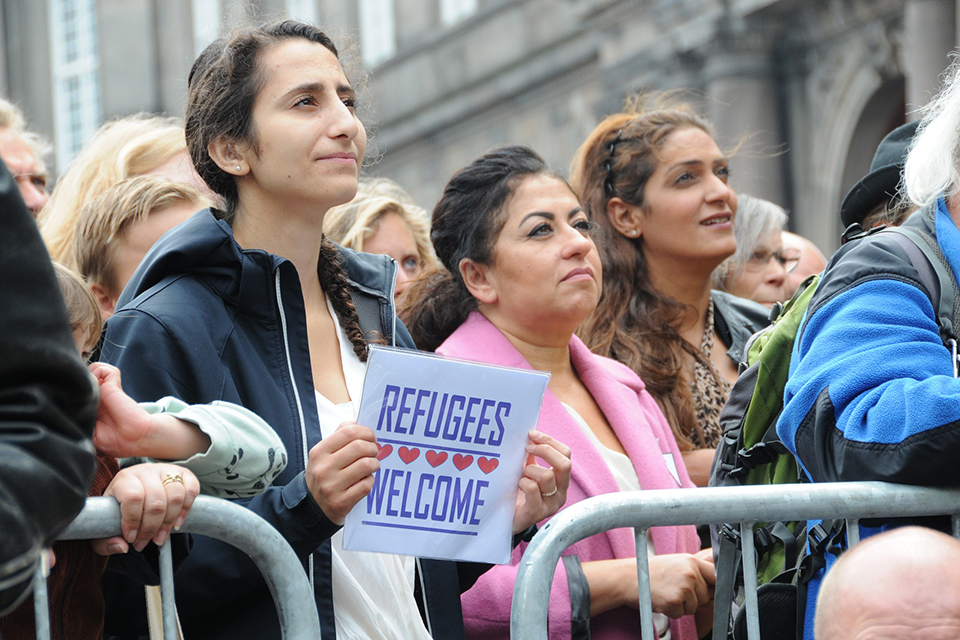
The word “refugee” evokes a certain image: people fleeing persecution or war-torn areas, living under harsh refugee camp conditions, starting a new life in a foreign country.
In reality, there are many different pictures.
The refugees who resettled in America in 2016 alone represent 107 countries and varied educational, economic, religious and ethnic backgrounds. Each refugee has his or her own story.
Collectively, their stories spread across the 3,306 cities and towns they have resettled in. For journalism, they represent an important and powerful subject. When shared in your local community, these stories can foster understanding, bridge divides and bring nuance to conversations about émigré issues.
[pulldata context=”Coverage of local refugee communities has the potential to help readers overcome stereotypes and connect with groups they might see as the ‘other.'” align=right]In response to this opportunity for local newsrooms, I worked with the API staff as a summer fellow to develop the Refugee Reporting Resource, a tool to help local reporters better cover refugee populations. By using data from the Refugee Processing Center, the site allows users to see how many refugees have been resettled in their city and from where. It also provides resources including definitions of refugee-related terms and the resettlement process in America.
This study intends to help journalists learn how to use that data to build reporting and storytelling of their own. It is based on interviews with nine journalists who have covered refugee and immigrant-related issues. Through our conversations, I found commonalities in how newsrooms approach refugee coverage and a wealth of ideas about relationship building, newsgathering and storytelling processes.
Local refugee community coverage has the potential to help readers overcome stereotypes and connect with groups they might see as the “other,” said Sarika Bansal, editor of The Development Set and founder of Honeyguide Media. The Development Set covers global health, development and social impact, and Honeyguide Media is a nonprofit media organization that covers social issues.
“One of the biggest opportunities that journalism has is to help people rethink things they already know,” Bansal said. “Especially now, I think the topic of refugees has become so overly politicized. Anything journalists can do to help humanize a population is a great service to any readership.”
This project focuses on refugee populations, but it includes many concepts that can be applied to other minority groups that may be inadequately represented in the media.
Share with your network
- How to manage dissenting rhetoric
- Sharing compelling refugee community stories
- Building relationships with refugee communities
- Determining newsroom coverage style and practices
- How to cover local refugee communities: Strategies for newsrooms and reporters
You also might be interested in:
When we began asking what kind of stories still mattered to Baca County, we realized many of them weren’t “breaking news” but generational memory. And the paper was the last remaining platform that treated those memories with care and context.
Leaning into local identity and history can move our journalism from ‘we provide facts alone’ to ‘we provide facts and serve other important community functions.’
Here are a few ideas for activating your archives that participants brought to the recent API Summit on Local History, Community and Identity in Nashville — plus some ideas we all brought home to try out in the weeks and months to come.


